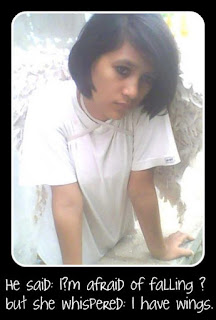Lyra (Latin for lyre, from Greek λύρα) is a small constellation. It is one of 48 listed by the 2nd century astronomer Ptolemy, and is one of the 88 constellations recognized by the International Astronomical Union. Its principal star, Vega (Abhijit in Sanskrit), a corner of the Summer Triangle, is one of the brightest stars in the sky. Beginning at the north, Lyra is bordered by Draco, Hercules, Vulpecula, and Cygnus.
History:
In the past, Lyra was often represented on star maps as a vulture or an eagle carrying a lyre, either enclosed in its wings, or in its beak. It was sometimes referred to as Aquila Cadens or Vultur Cadens (falling eagle or falling vulture).
Greek Mythology:
Lyra was associated with the myth of Orpheus, the musician who was killed by the Bacchantes. After his death, his lyre was thrown into the river; Zeus sent an eagle to retrieve the lyre, and ordered both of them to be placed in the sky. In Wales, Lyra is known as King Arthur's Harp (Talyn Arthur), and King David's harp.
Fictional references
In the poem Aniara by the Nobel laureate Harry Martinson, the space ship Aniara was travelling at high speed towards the stars of Lyra after having been shipwrecked by collisions with asteroids.
In the film K-PAX, the constellation of Lyra is the location of the planet K-PAX, an inhabited world that orbits twin stars and has seven moons.
In the film Contact, the message intercepted by Jodi Foster's character is coming from Vega, the brightest star in the Lyra constellation.
In the TV/Videogame series MegaMan Star Force, Lyra is the alien that accompanies Sonia Sky, who is otherwise known as Sonia Strumm in the game series, but Lyra is sometimes known as Harp, most commonly found in the original Japanese version, Ryuusei no Rockman. (Wikipedia)































































































